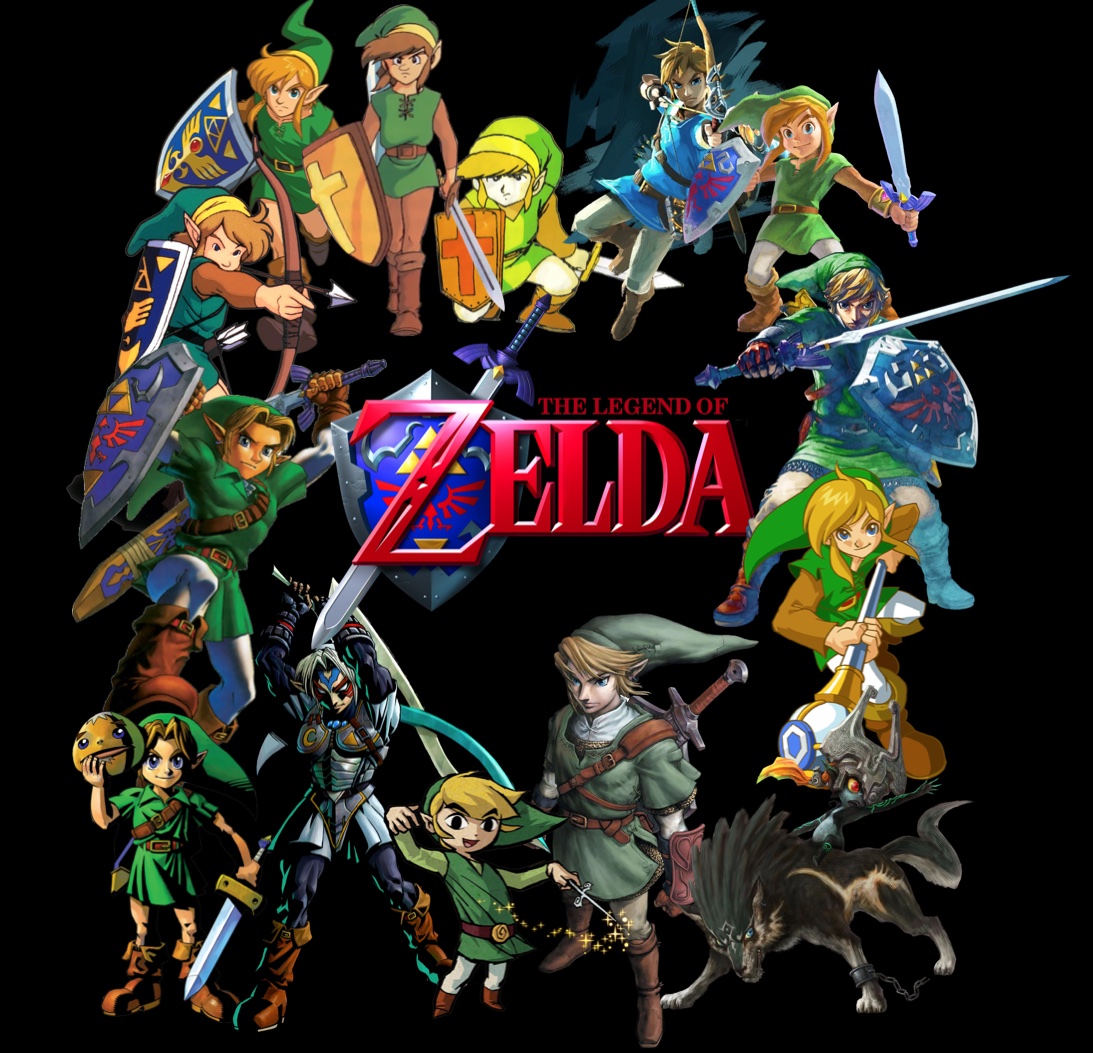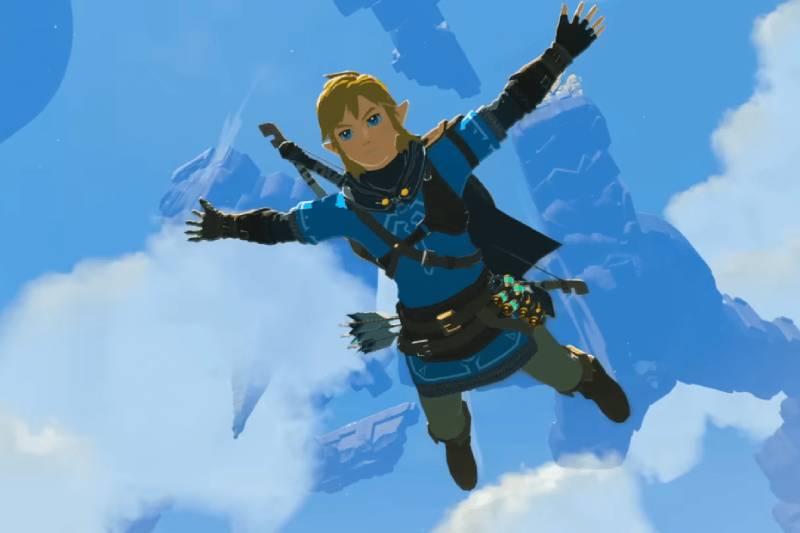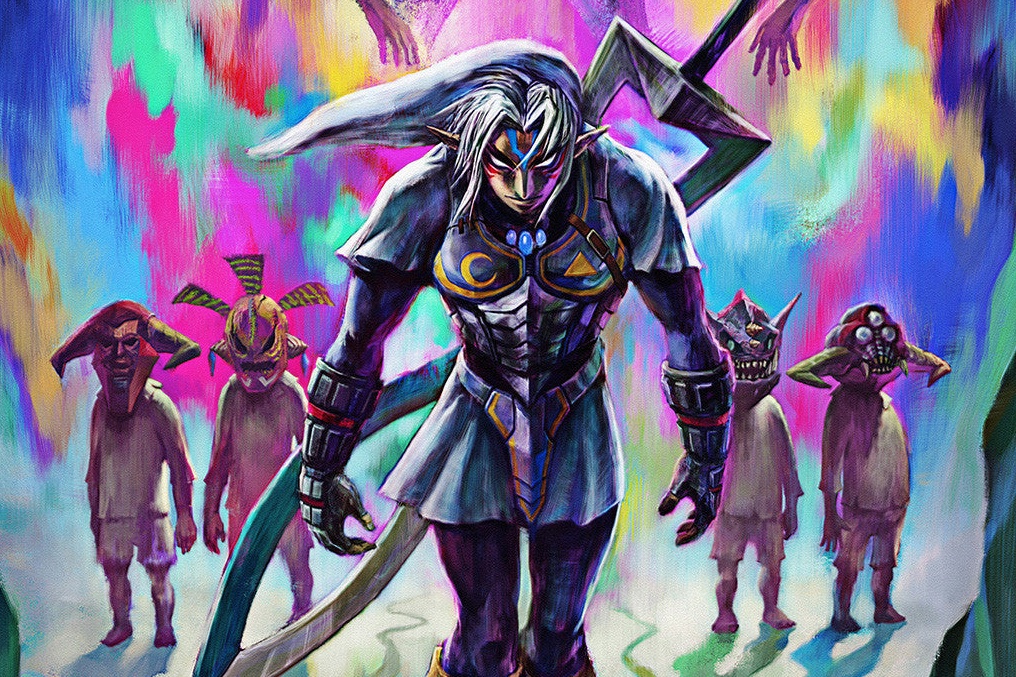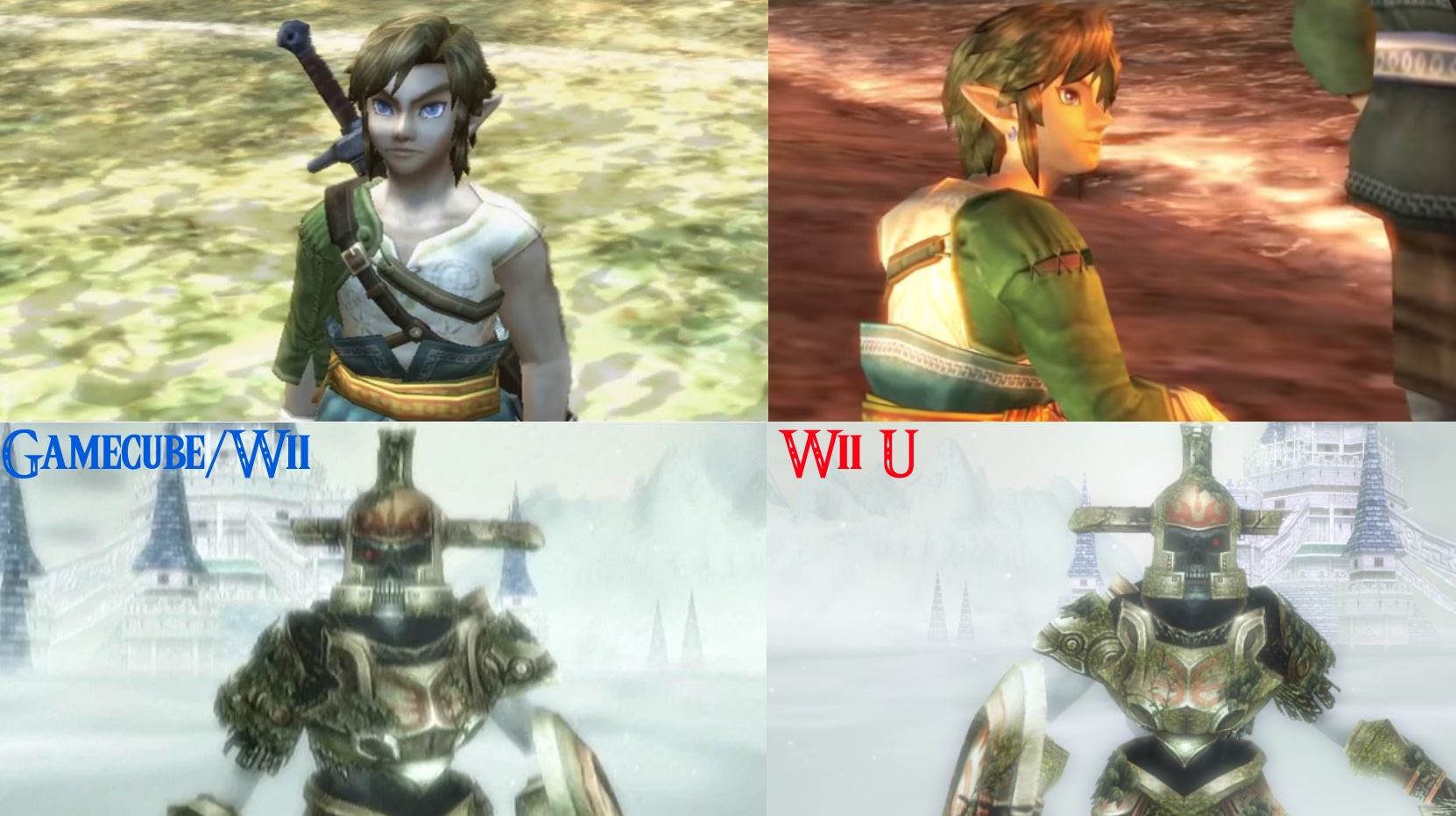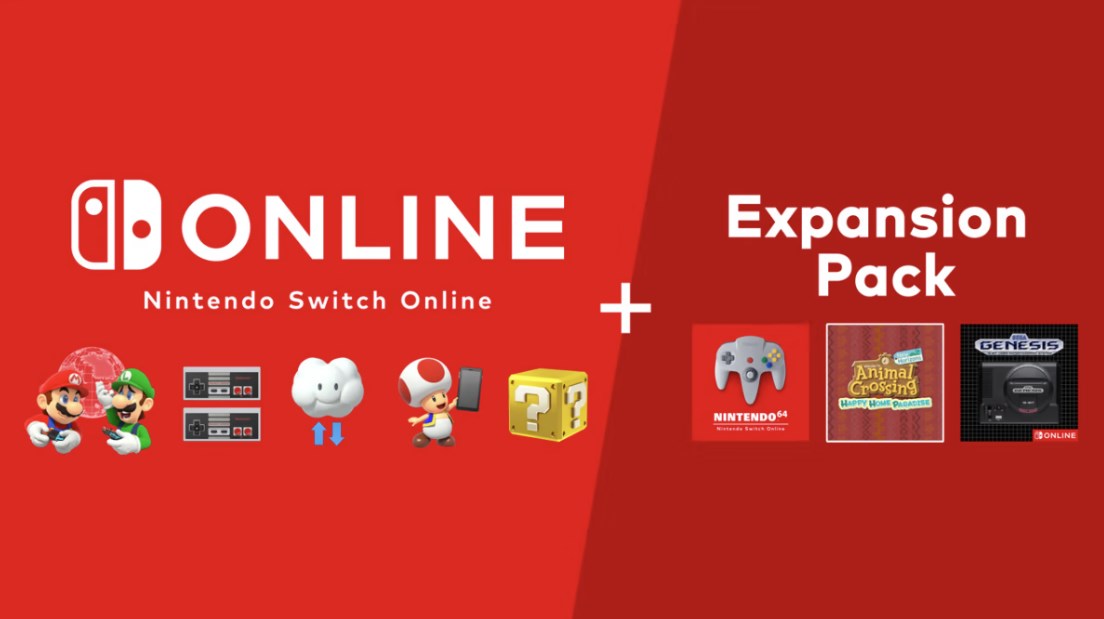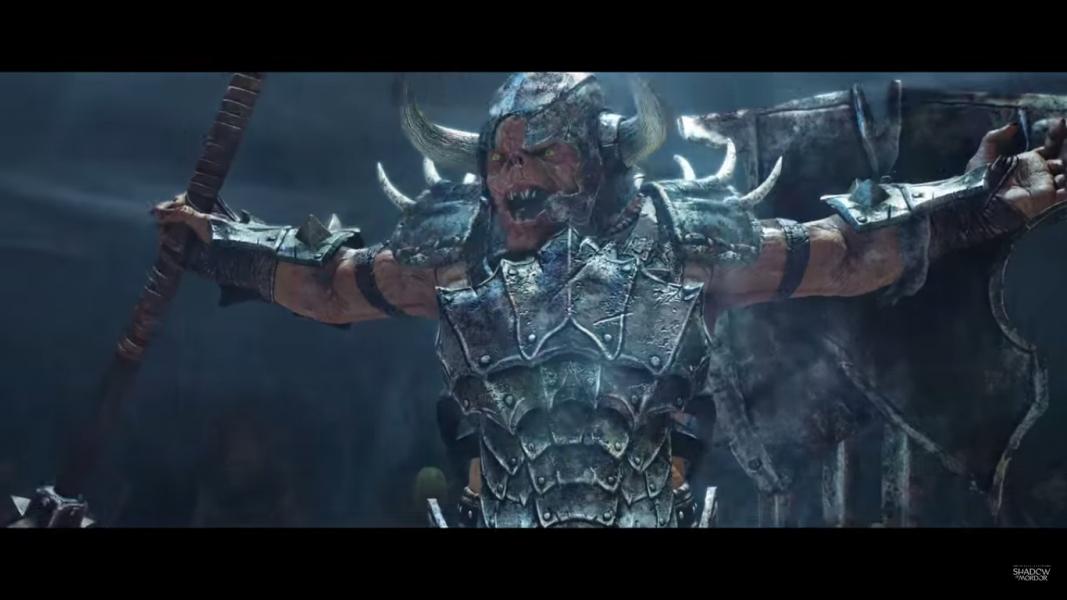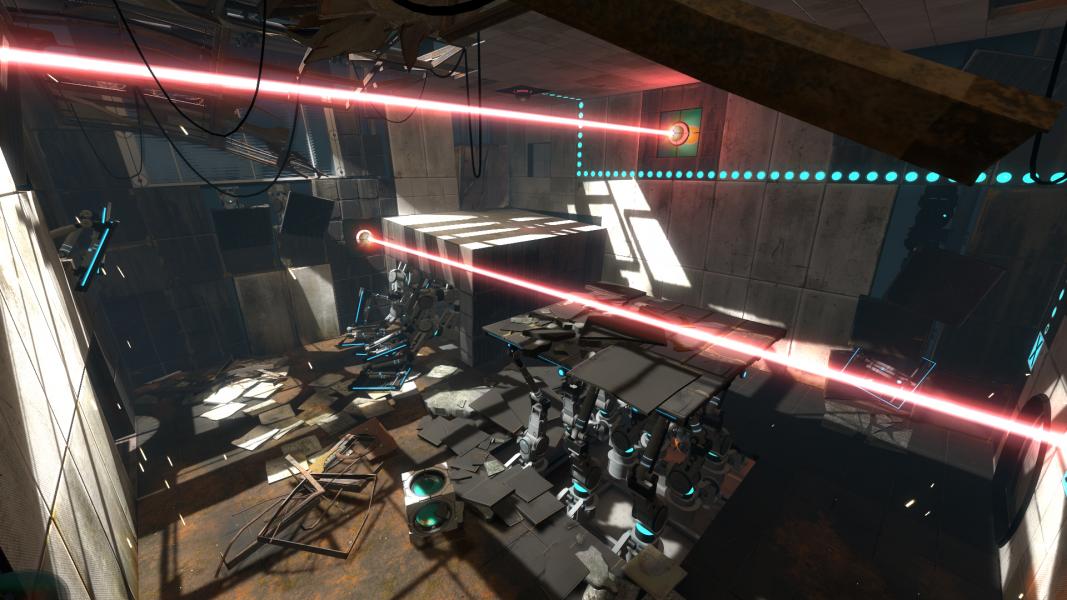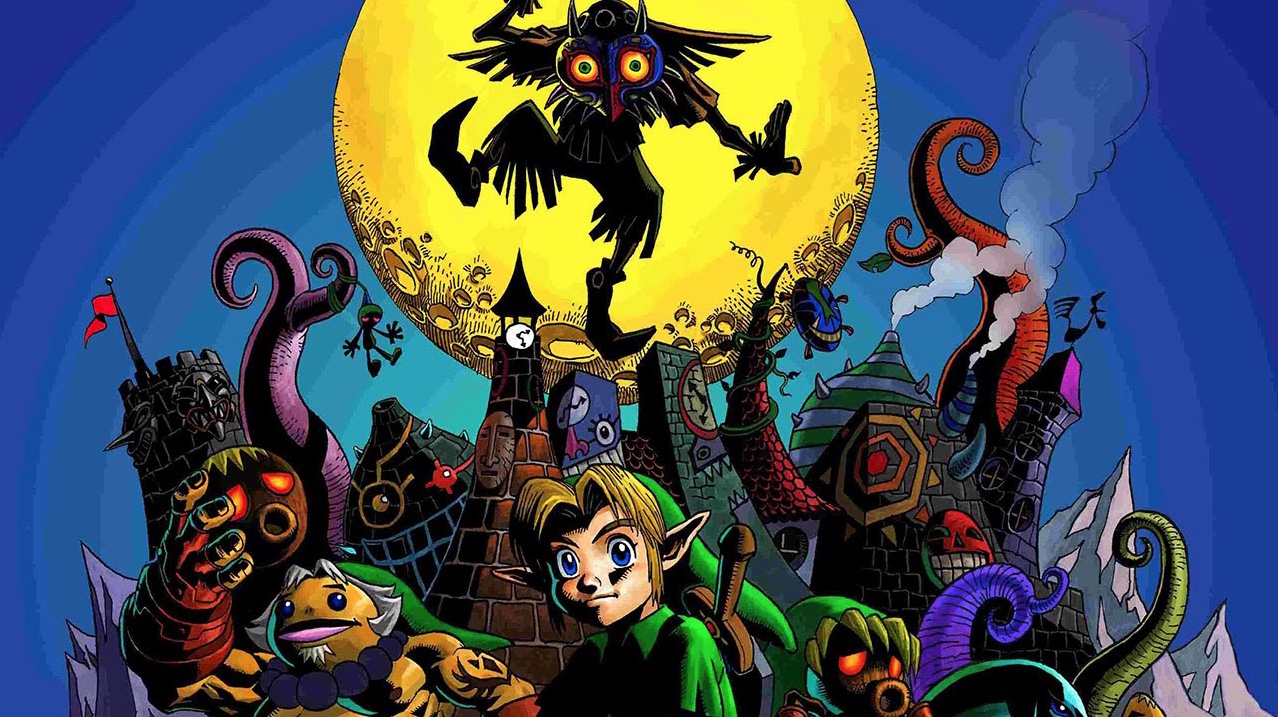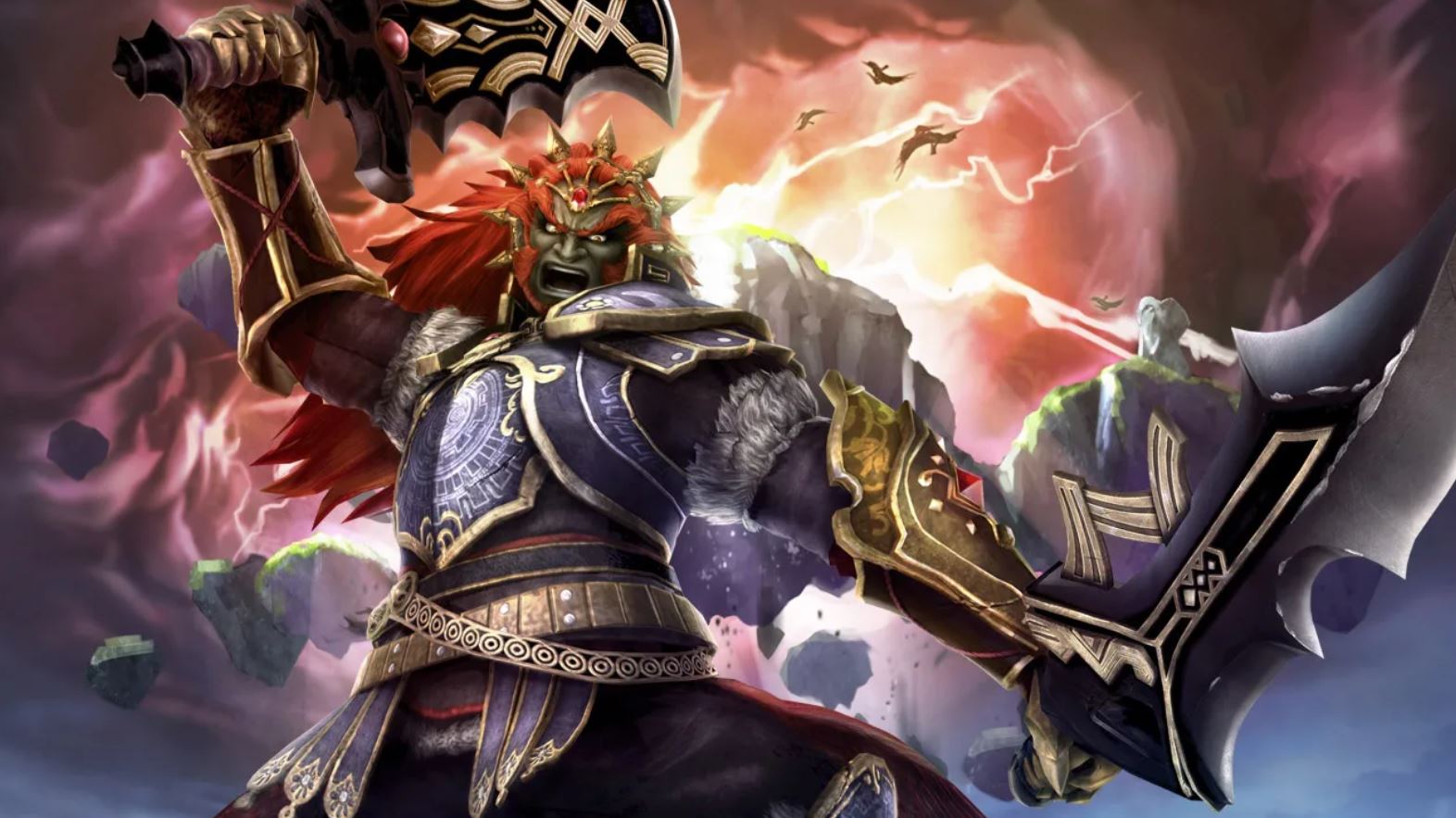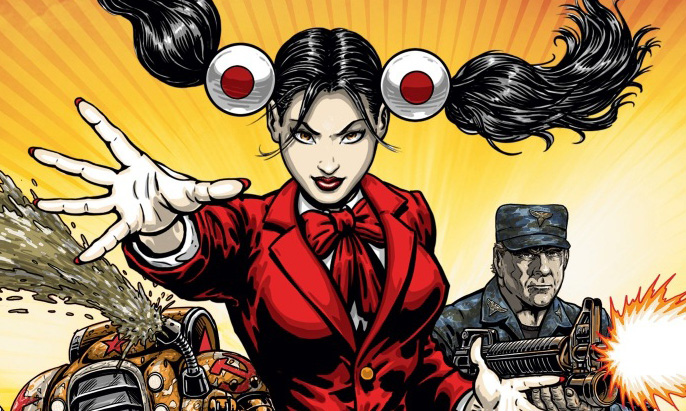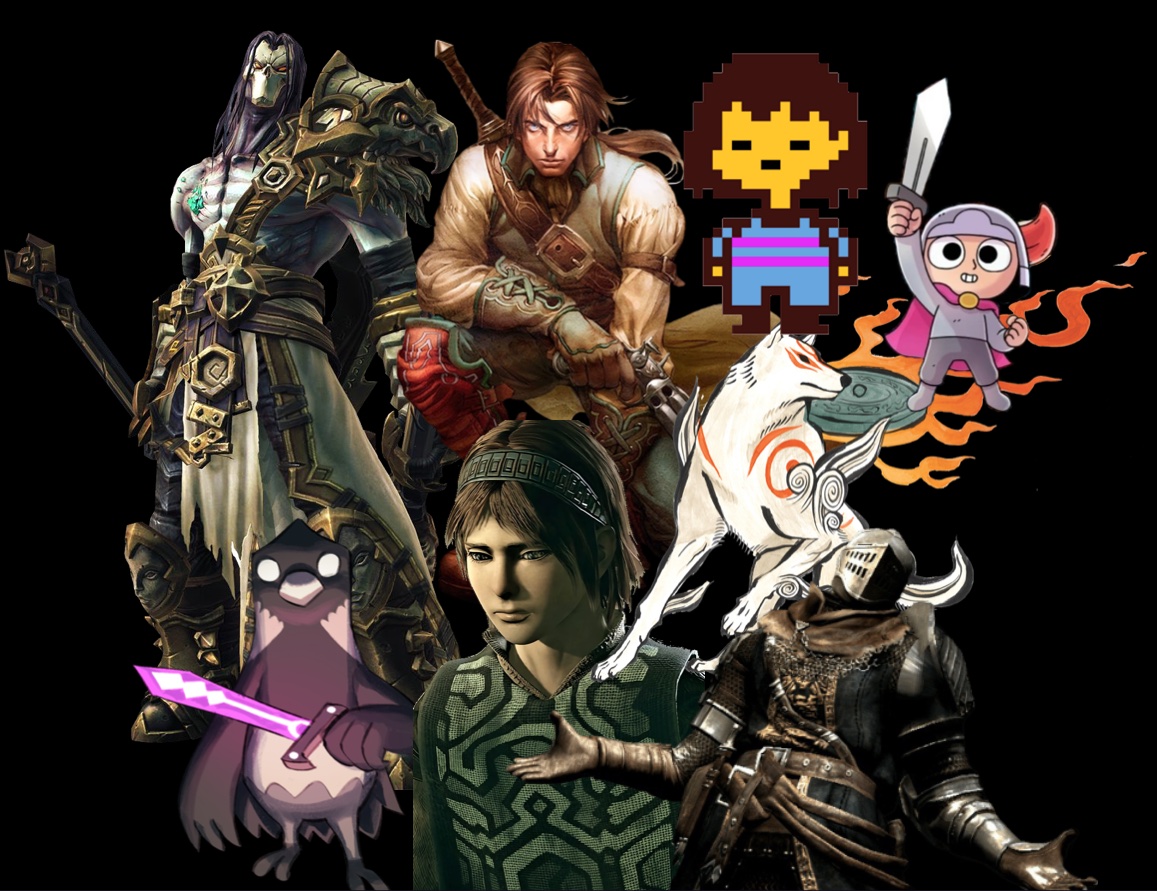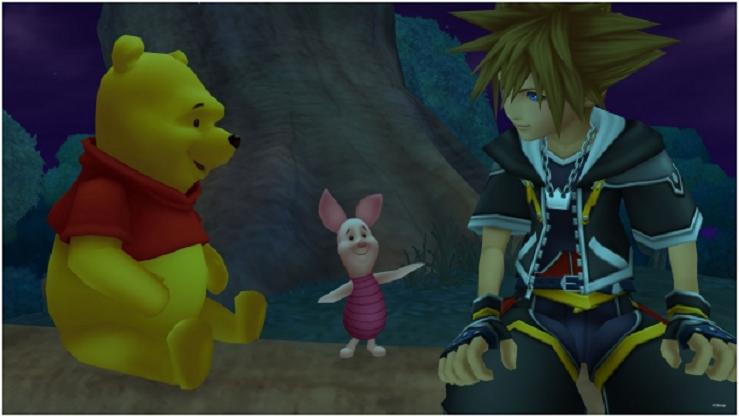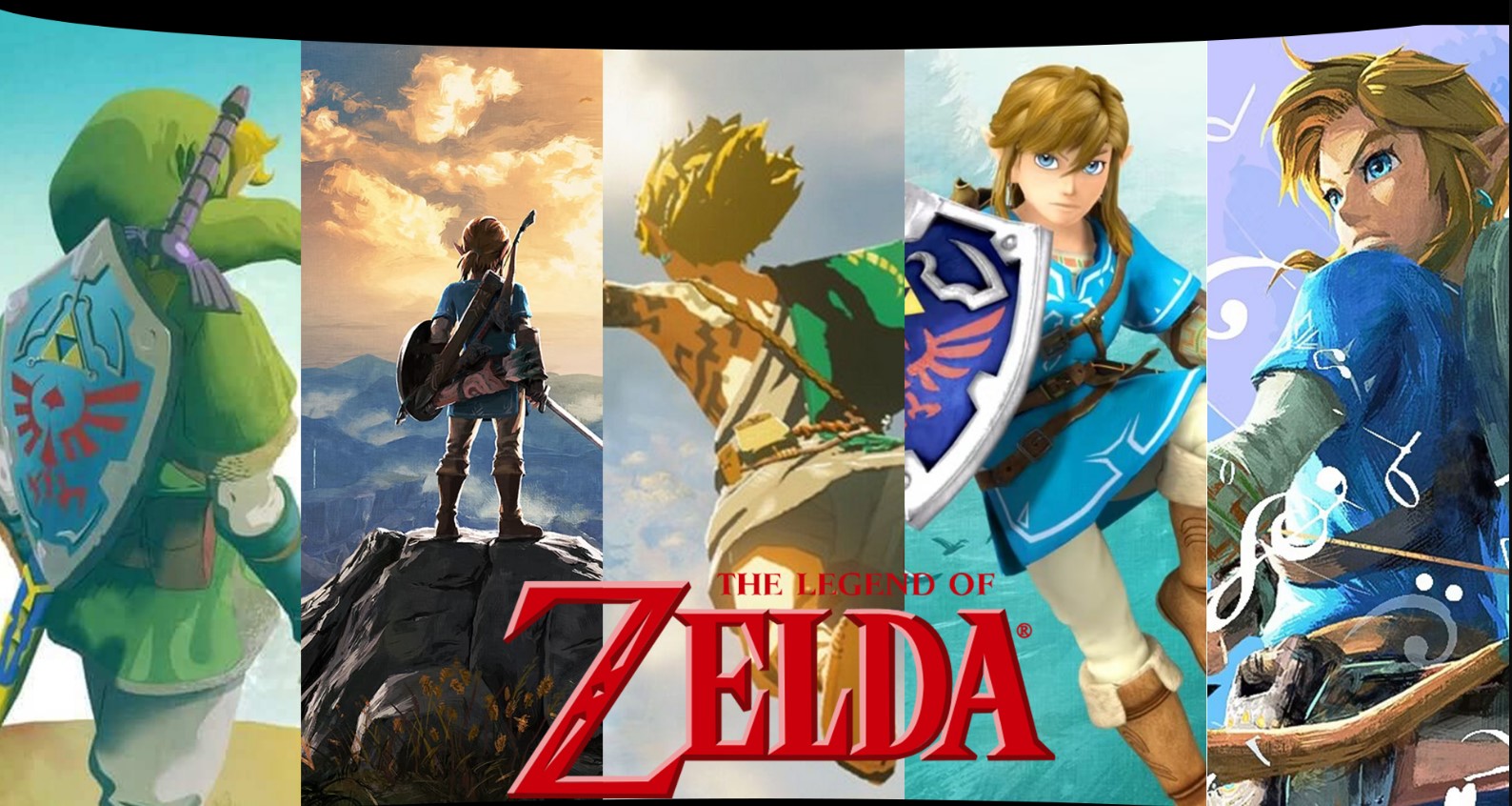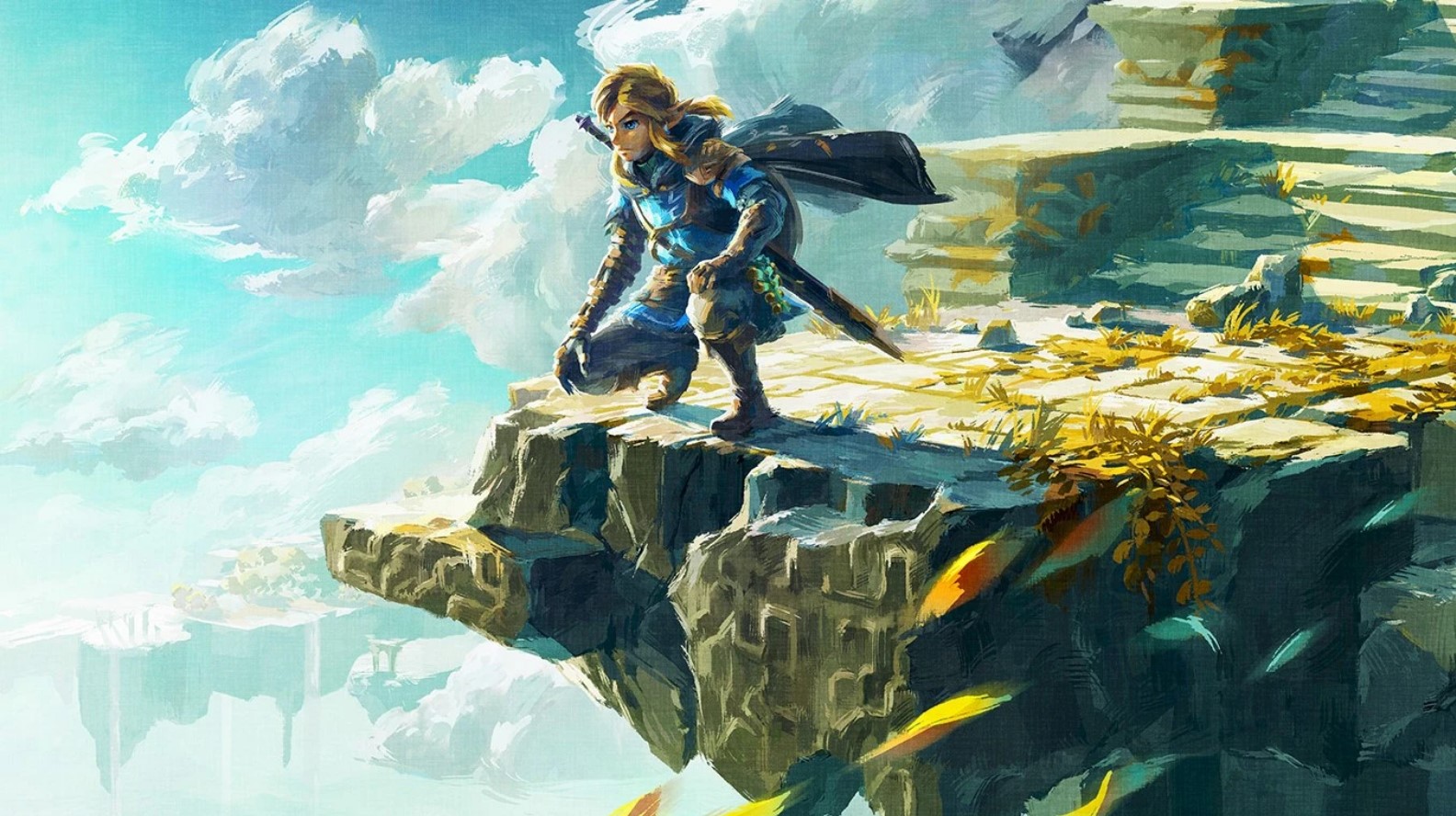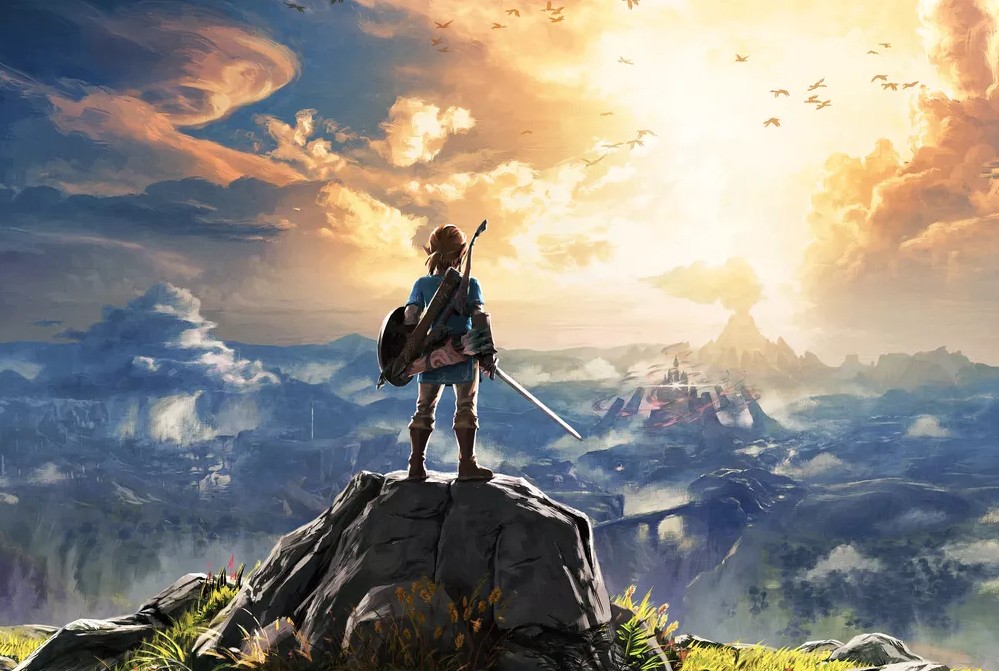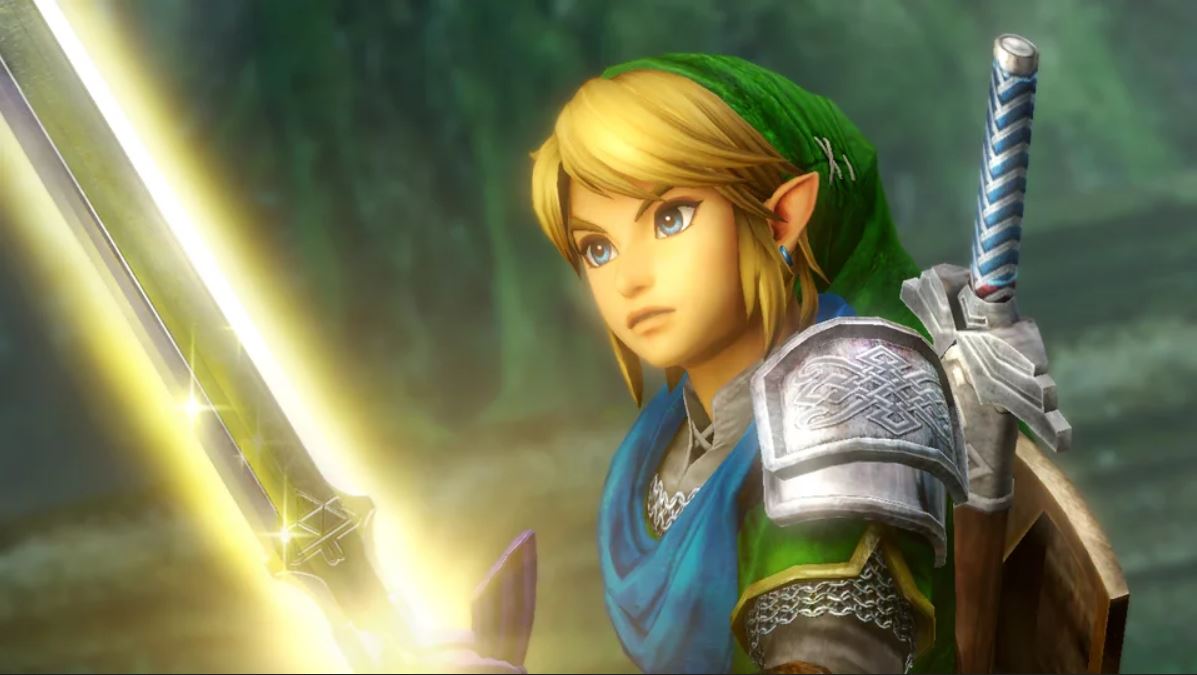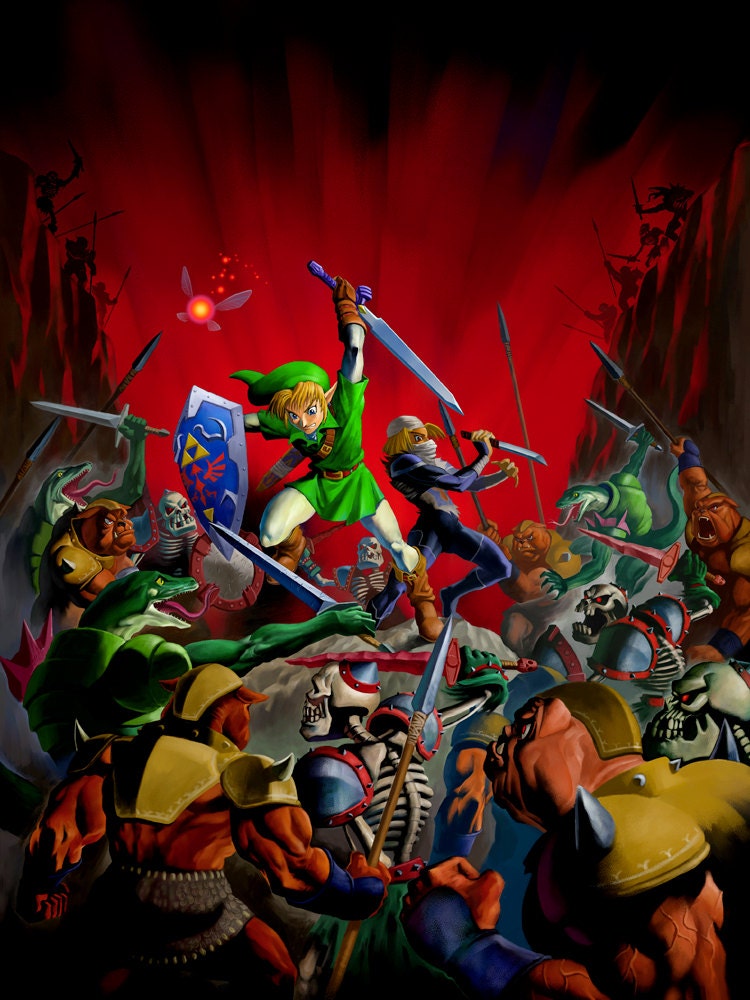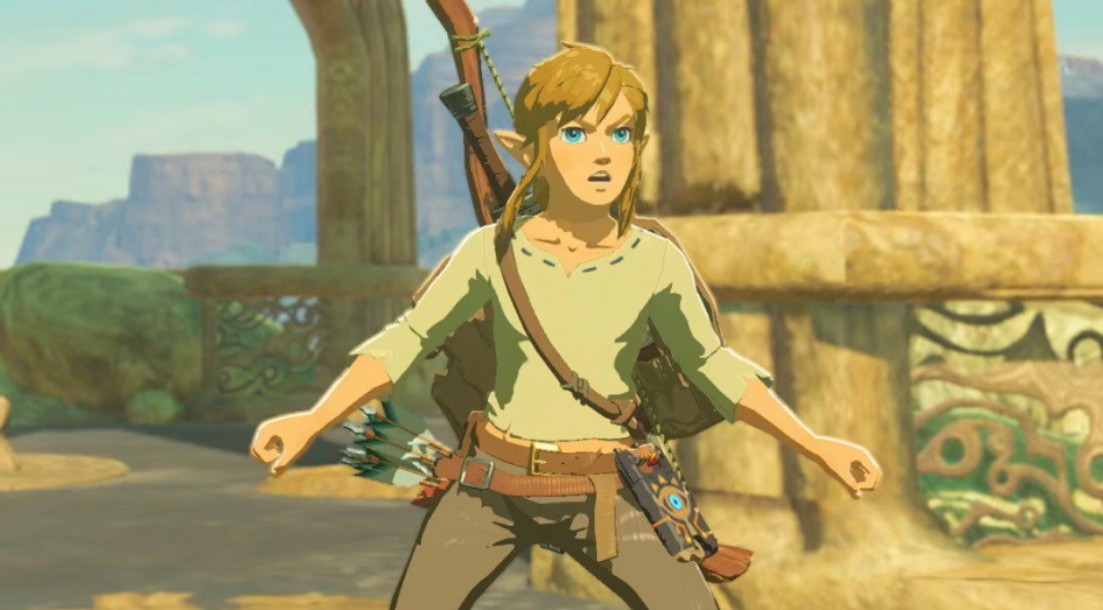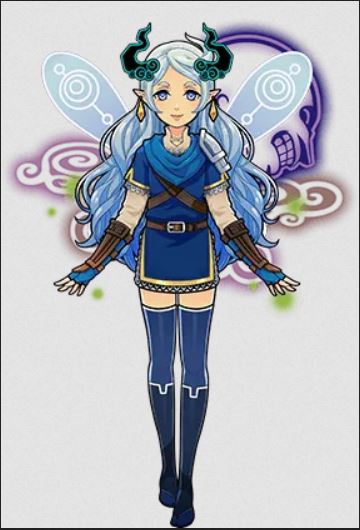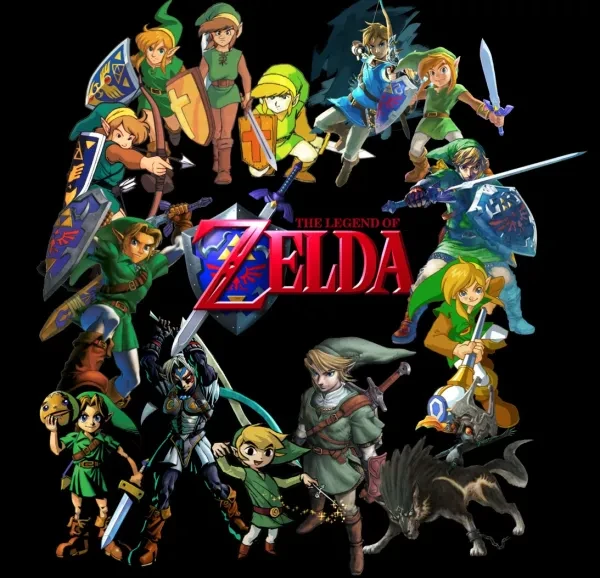
What are the best Legend of Zelda games?
Since the franchise’s first release in 1986, The Legend of Zelda has always been a beloved series with a whopping 19 official main games. Throughout the years, fans have debated over each game’s superiority, often ranking them on a tier-list value. Although each fan has their opinions, some Legend of Zelda games has received higher favoritism than others. In my eyes, each Zelda game is fun. However, I’ve found myself revisiting the same several games. Let’s follow our green-clad hero, Link, through 10 of the most fun Legend of Zelda games!
10. The Legend of Zelda (1986 – NES)
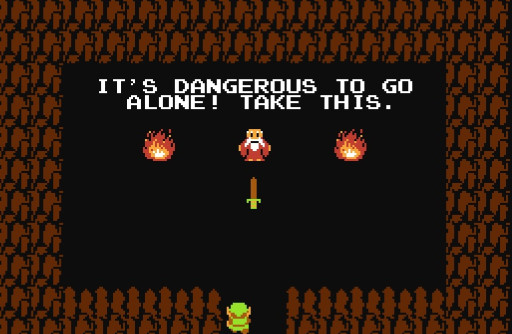
It's dangerous to go alone! Take this.
To start this list off, here’s the game that started it all! We follow Link, a humble traveler who’s bestowed with the fate of protecting the sacred Triforce, saving Princess Zelda, and ultimately defeating Ganon, the main antagonist.
Although it lacks the refinement of its successors, the original Legend of Zelda set the bar for future top-down games within the franchise and the gaming industry. Even though future titles had become amplified and thoroughly detailed, this game’s minimalistic style accentuates the feeling of mystery and adventure.
The overworld has a tile format that makes retrieving items and slashing enemies convenient. Speaking of, there’s a broad weapon/item spread to the player’s disposal, each has its unique abilities.
To top off the overworld’s adventurous atmosphere, there are tons of obscure secrets to explore. There are 9 dungeons; their layouts are geometric, sometimes maze-like. Each enemy has its own skillset, attacking the player in a variety of ways.
Unlike some Zelda games, Link wields a mystic sword that shoots magic beams, a mechanic that the player can use when Link’s health is full. Because of this nifty sword (thanks old man), the player can use the sword as a long-range weapon. Playing this beloved classic will further deepen any gamer’s appreciation for the rest of the legendary franchise.
Gameplay
9. Skyward Sword (2011 – Wii)
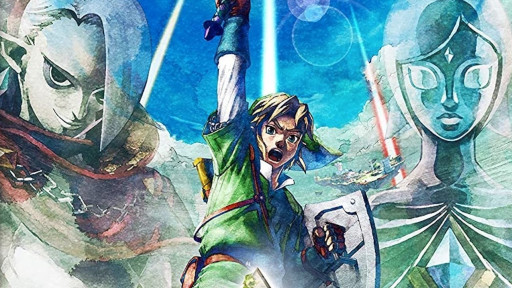
The first game in the Zelda timeline
The game begins with Link having a dream about a giant, dark entity breaking through the earth and emitting an evil force. He’s woken up by a Loftwing (which looks very close to a Shoebill), who gives Link a letter from his childhood friend, Zelda, who requests Link to meet her at the Statue of the Goddess for the annual Wing Ceremony. The Wing Ceremony is essentially a race with Loftwings, whoever wins is deemed worthy of graduating to knighthood.
After Link succeeds with flying colors, he and Zelda share some sappy moments until an ominous, black tornado devours Zelda. Skyward Sword has been bombarded with criticisms of the slow opening, drawn-out dialogue, and motion controls. However, the game has its positives!
Skyward Sword is special to the series’ lore, being the first in the timeline and the first Zelda game to have a “romance” plot between Link and Zelda. As a matter of fact, you don’t need to play previous Zelda games to play this one. Suspended on an island in the Sky, our hero ventures to the surface to save Zelda for the very first time.
One of the most unique mechanics that differs from any other Zelda title is the ability to traverse regularly through the sky, and control Link’s movements with the player’s motion using the Wii remote and the Nunchuk. For those who didn’t like the motion controls, Nintendo opted to let players control Link in a traditional format after the re-release on the Switch. Unfortunately, one of the biggest complaints about the motion controls was the constant reminder that the battery was depleting.
However, Nintendo tried to keep players immersed throughout these reminders by making the partner in-game, Fi, tell Link: “Master, the batteries in your Wii Remote are nearly depleted”. Nonetheless, Nintendo had been aiming for an innovative take on the series, experimenting with motion controls and how they could fit real-life movement into a mainline Zelda game. Suffice to say, the fanbase probably didn’t reflect the response they had in mind.
The Zelda franchise has and will always be known for its iconic music and the use of instruments during gameplay – Skyward Sword is no different. As Link, you play the Goddess’s Harp, which acts as a tool toward vital objectives in the player’s quest.
Throughout most of the game, you wield the mysterious Goddess Sword (that eventually gets upgraded multiple times). This sword is inhabited by Link’s partner, Fi (noted above), a humanoid spirit. The Goddess Sword brims with divine light when charged, and unlike a regular sword, it can interact with vital quest objects in the game and perform a “skyward strike” as an attack.
Excluding mini-dungeons, there are 7 main dungeons throughout the game; each corresponds to the geographical area they reside in with its own themes and unique architecture. Uniquely, Link has a stamina wheel in this game like Breath of the Wild – which depletes when the player runs or performs strenuous actions.
Multiple main antagonists actively taunt you as the game progresses, using your childhood friend (crush?) as a pawn to lure you further. Through a watercolor sky, flying your Loftwing, conversing with the diverse people of Skyloft, and playing any of the 7 mini-games is a fun way to spend your free time in between dungeons.
Gameplay
8. Link's Awakening (1993 – Gameboy)

Where am I?
Burdened with restlessness after defeating Ganon and returning tranquility to Hyrule, Link begins to crave enlightenment and a place to train. He sets off on his own adventure with a sailboat, but as the skies grow dark, he ultimately collides with rough waters and vigorous currents. Suddenly, a bolt of lightning strikes the ship, and everything goes dark.
Link’s unconscious body is washed on the shoreline of an unfamiliar island. A girl named Marin finds him and takes him back to her home to rejuvenate him.
Link’s Awakening was the first portable Zelda game and is accounted for as one of the best. Within the dreamy atmosphere of Koholint Island, this game is entirely top-down with a similar layout to a Link to the Past.
Unlike other Zelda games, there are multiple cameos of Super Mario enemies and eccentric characters that are reminiscent of Alice in Wonderland. Link’s Awakening challenges players with its mazelike dungeons and interactions with the endearing people of Koholint Island. Puzzling your way through dreary dungeons is exceptionally difficult at times, in which players will need to put forth their deduction and observation skills.
However, the motivation within the game’s story and progression towards Link’s personal growth pulls you through. There are instances where the player will need to exhibit their platforming skills as well.
Instead of anticipating the ultimate Ganon vs. Link battle, Link’s main mission is to awaken the slumbering Wind Fish, a deity who created the Island that’s supposedly Link’s only way back home. To do so, Link needs to collect 8 musical instruments. The main antagonists are the Nightmares, each goes by different names and inhabit sinister physical forms.
The diverse sets of enemies and bosses make the game a more entertaining experience. One complaint many fans and I have, however, is Link’s speed, which is much slower in contrast to any other Zelda game. Because of this, backtracking and traversing the Island can feel like a chore after a while, but it doesn’t make the game unplayable.
You do obtain the Pegasus Boots that can help the player dash, but it’s not the satisfying boost you’d want, especially when traveling from point A to point B. Warp points can help, but because there are only a few, it doesn’t change much. The frame rate is another complaint that doesn’t make the game unplayable, but noticeable enough.
The frame rate can get kind of choppy, which is rare for a Nintendo game, which is usually fantastic with transitions (i.e., going into shops, loading into different areas, etc.). Link’s Awakening was re-released in 1998 on the Gameboy Color and remade from the ground up for Nintendo Switch in 2019.
The Switch version in 2019 got rid of the screen tearing, which was jarring on the eyes and gameplay. Screen tearing wasn’t uncommon in retro games, so I give the original a pass.
Gameplay
7. Adventure of Link/Zelda II (1987 – NES)

I am error.
Link grows confused by the triangular mark on the back of his hand - Princess Zelda’s caretaker, Impa, informs Link that his mark resembles the Triforce of Courage. She tells him that the King of Hyrule had concealed the Triforce of Courage in The Great Palace to protect it. When the King of Hyrule dies, the prince attempts to find the Triforce of Courage but fails, learning that his sister, Zelda, is the only one who knows its true location.
Infuriated, the prince tries to force information out of his sister – one thing led to another, and a spell was cast on Zelda that put her into a deep slumber. Link finds out what’s going on, learning that he’d be able to wake Zelda up by obtaining the Triforce of Courage to unite it with its counterparts, and simultaneously, Ganon attacks once again.
Zelda II has been deemed by most fans to be the hardest (myself included), but it makes the gameplay so much more rewarding that way. Zelda II is predominantly a side-scrolling game, except for the overworld, which is top-down. The player can earn experience points - once a certain number of XP is accumulated, the player can upgrade their health, magic, and attack damage.
There are 7 dungeons, and each of them is a palace. The overworld can be especially difficult while traversing Hyrule – Link is occasionally bombarded by enemies, which can throw you off your flow. The game’s combat relies on up and down movements, which was not present in the original Legend of Zelda.
Magic can be used in a variety of forms to aid the player in navigating treacherous situations, my favorite being the usage of fire, which allows the player to shoot fireballs at enemies. Speaking of enemies, the classic enemy known as the Iron Knuckle made its first appearance in this game. Not only is Zelda II excitingly fun to play, but the challenge will also make you better at games than you were before.
Gameplay
6. A Link to the Past (1991 – SNES)
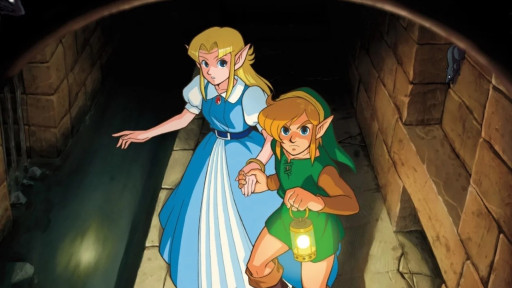
Zelda is your....??
After being awoken by a telepathic request from Princess Zelda who’s being held prisoner in Hyrule Castle, Link opens his eyes to see his uncle equipped with a sword and shield, warning Link not to leave the house. Ignoring his uncle, Link sets off to save Zelda in the castle, only to find his uncle fatally wounded. Link’s uncle gives him his sword and shield, his last words being, “Zelda is your…” and he dies shortly after.
Once Link escorts Zelda from her prison cell, he learns from a priest that he’ll need to acquire the master sword to defeat Agahnim, the main antagonist. The intro to this game sets the tone while getting the player accustomed to the environment, unlike a simple cutscene. This top-down Zelda title is referred to as one of the best games of all time, especially by seasoned Zelda fans.
A Link to the Past possesses numerous gameplay elements from the original Legend of Zelda and Zelda II, such as upgrading item capacity. There are also optional weapons and items concealed throughout Hyrule, leaving extra room for enjoyable exploration. Link can walk/run faster than before, and his body is easier to control.
Unlike past Zelda games at this point, A Link to the Past introduced a mechanic: the Light and Dark World dichotomy. There are 2 maps of Hyrule in this game, each acting as parallel opposites to one another. The Light World is Hyrule in its normality, whereas the Dark World is its evil counterpart, both contrasting physically.
The player can interact with both worlds to access certain items, uncover secrets, and gain access to dungeons. This gameplay element became a massive success, not only being fun but also props to being creative. Because of this, future Zelda titles used the light/dark world dichotomy that was unique in their own ways.
This game was also the first Zelda game to have a more advanced storyline than its predecessors, influencing the series to be keen on their plots, characters, and dialogue. This conquest through the ups and downs of Hyrule is exceptionally rewarding with its accessible control scheme.
5. Breath of the Wild (2017 – Nintendo Switch)

A amnesiac plunging into the wild
After a century-long slumber, Link wakes up to a voice that guides him to a now-ruined, chaotic Hyrule. Link meets a mysterious old man who later reveals himself as the spirit of the deceased King of Hyrule, who informs Link that 100 years prior, an evil figure known as Calamity Ganon ravaged the Kingdom and its people.
Calamity Ganon remains trapped, however, its power keeps expanding. Link’s mission is to kill Calamity before the world is wrenched from beneath.
Breath of the Wild is the most recent major Zelda game and by far the most open-world of them all. Breath of the Wild has found itself in the most modern spot on the Zelda timeline, all the way at the bottom, taking place thousands of years after the events of Skyward Sword. The game has a vast atmosphere and ample land to discover. Unlike any other Zelda game’s physics, players can put natural resources to use in a variety of creative ways.
Players can cut down trees and use the trunk as a raft, start fires with flint by breaking ore deposits, and set the world on fire. Also, Link is a master chef and is regularly judged by Gordon Ramsey /j. Anyways, Link can cook a large array of different recipes; from prime meat and seafood fry to mushroom risotto.
Because of Link’s amazing cuisines, they can boost tons of attributes such as increased stamina, health, cold resistance, and more. Like I said before, this game is all about vastness. Link’s inventory has more items than ever, including armor.
However, almost all of Link’s weapons break and wear over time. The durability system sometimes forces players to use salvaged equipment dropped from enemies, even if it’s a stick. Lengthy tutorials feel like a plague in games, but thankfully, Breath of the Wild is void of them.
The game doesn’t hold your hand, you ricochet into the wild. In terms of puzzles, Breath of the Wild introduced portals – which, if you’ve ever played any of the Portal games, these puzzles are reminiscent of them.
One of my favorite things about Breath of the Wild is being spawned in exactly where you saved. Most Zelda games let you save anywhere at any time, however, loading back into the game you’re put back to a checkpoint rather than your last exact location.
Another brand-new feature in the Zelda universe that was implemented in Breath of the Wild was Link’s ability to climb everything. Don’t get too carried away, though – Link has a stamina wheel, and he might even get struck by lightning while climbing a mountain.
Although Breath of the Wild certainly has its positives, it’s also lacking in some areas. As I said in Skyward Sword’s section, the music in the Zelda series is known for its romantic melodies, triumphant boss music, adventurous overworld themes, and beautiful ambiance. Breath of the Wild is boring in comparison to the rest of the franchise, and most fans would agree.
The game’s openness is partially why the story isn’t very engaging. The plot is much weaker than previous Zelda games, which is my personal (biggest) beef with the game.
However, this is more of an issue with most open-world games in general. The voice acting feels like a half measure in comparison to the cutscenes, especially because those are the only times’ voice acting is used (as well as events like bosses or dungeons). It’s a little confusing why Nintendo included voice acting at all. Even with all its flaws, it’s a great experience and a breath of fresh air.
4. The Wind Waker (2002 – Nintendo Gamecube)
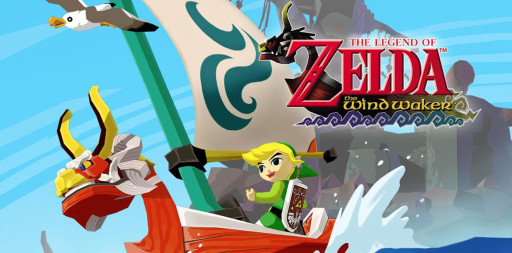
Look at him go!
Living on Onset Island of the Great Sea, Link lives with his little sister, Aryll, and their grandmother. There’s a small number of people who inhabit the Great Sea, and they believe in the legend that’s been passed down for many years.
The legend entails an evil man who stole a golden power and used it to plague the world of darkness until a man dressed in green sealed the evil man with the Blade of Evil’s Bane. This legend was true, and it had happened hundreds of years prior, they were the events of Ocarina of Time. Due to the high reverence the people of the Great Sea had for this olden hero, when boys come of age on Onset Island, they wear green to honor the Hero of Time.
If you haven’t already guessed, Wind Waker is sort of a coming-of-age story for our young hero, as he’s given a green tunic in the beginning of the game. His sister lets him use her telescope, and Link sees a girl (named Tetra) held against her will by a giant bird’s talons.
A ship is chasing the bird, shooting at it with its cannon, however, this causes the bird to abruptly drop Tetra into a tree. Link races to help her and escort her back to her ship, but meanwhile, Aryll is kidnapped by the bird and taken to a fortress.
When Link infiltrates the fortress with the help of Tetra, he’s spotted, and a sinister man commands his followers to chuck him into the sea. Link is informed that the sinister man who kidnapped his sister was Ganondorf, and to reach him, Link would need to endure many obstacles.
The Wind Waker was originally a very divisive game, turning fans off with its cartoony art style and vibrant visuals, I happened to be one of those people. However, I will always praise the game’s graphics for achieving a timeless look. Even though I’ve never liked the look of cell-shaded games, I think it works for unrealistic styles.
Nothing about the game feels dated, in fact, if the game had come out within the past few years, I wouldn’t be surprised. Even though Wind Waker’s toon style was starkly different from other 3D Zelda’s, it retained enough elements to still feel like a traditional Zelda game.
Kind of like Majora’s Mask, most of The Wind Waker isn’t in Hyrule, although the reasoning for both wildly differs from one another. The atmosphere is totally encircled in water with islands sparsely spread throughout. Even if you’re bored traversing the waves, the amazing music will keep you company.
The characters are charming, and the dialogue can be humorous at times. Tetra’s sassy attitude and Link’s energetic nature make them perfect partners in crime. Link’s side-eyeing and animated facial expressions add to some of these humorous moments in the game.
Like most Zelda games, Link has a companion. In The Wind Waker, it’s a talking boat that aids Link in direction. The musical item shares the same name as the game; The Wind Waker!
It’s essentially a conductor’s baton that grants the ability to change the wind’s flow and borrow the power of the gods. Not only can Link use its divine abilities, but The Wind Waker also plays a total of 6 songs throughout the game. If you’re familiar with the usage of the Ocarina in Ocarina of Time or in Majora’s Mask, It’s reminiscent of its functionality.
There are 7 main dungeons and 4 mini-dungeons within the game, most of them are dreary and dank in comparison to the high saturation of the Great Sea. The Wind Waker was the first (and only) 3D, Zelda, to feature the 2nd quest after defeating the game’s main storyline, featuring differences from the 1st quest.
In the 2nd quest, Link wears his original blue attire for the entirety of the game, you start off with some items you had previously, Hylian text is translated to English, and treasure locations are different.
Combat-wise, The Wind Waker is fluid, satisfying, and malleable for those who enjoy using the Gamecube controller. Link’s body is lightweight and easy to maneuver through dungeons, making for a fun experience.
Gameplay
3. Twilight Princess (2006 – Nintendo Gamecube)

Link sure looks hairy here
In the small village of Ordon, Link is a young adult ranch-hand who lives a comfortable life surrounded by people he cares deeply for. Link spends his time herding goats with Epona, teaching the children of the village how to use a slingshot and sword, getting the kids out of trouble, and spending time with his childhood friend, Ilia.
While Link and Ilia are sharing a sentimental moment in the village’s spring, the two are caught off-guard when disaster unexpectedly strikes. A hoard of monsters attacks the village, abducting Ilia and the kids, and leaving Link unconscious. When Link wakes up, he runs to catch them but is met with a black shadowed wall blocking the exit.
An ominous, giant black hand yanks him through the wall to what looks like a darkened parallel universe of the forest. Link undergoes a painful transformation and wakes up in a prison cell as a wolf.
After the divisive uproar Nintendo received from Wind Waker’s cartoonish art style, they decided to create a Zelda game with realistic graphics. A lot of Twilight Princess’ inspiration comes from Ocarina of Time. During E3 2004, it received intense praise, and fans were enamored from the start.
Twilight Princess was my first experience in anticipating an upcoming Zelda game. Even though I was alive during Ocarina of Time and Majora’s Mask’s releases, I was a baby and was too busy watching Teletubbies. I still remember watching the teaser trailer and becoming totally infatuated with it.
Hyrule’s appearance in Twilight Princess is especially beautiful, even when it’s covered in Twilight. The amazing music perfectly adjusts to the area you’re in and what’s going on.
Link can pick up dogs or play fetch with them as a human and talk to any animal will full-blown English dialogue when he’s a wolf. You may start seeing your pets differently once you try.
Twilight Princess wasn’t the first Zelda game to feature Link transforming into a fluffy animal, but it was the first to make his transformation one of the biggest components of the game and its story. Eiji Aonuma mentioned his inspiration for Link’s wolf form had come from a strange dream that Eiji himself was trapped in a jail cell and for whatever reason, was a wolf.
Link’s canine-self (known as Wolf Link) was both criticized and beloved; some players felt that gameplay wasn’t as fun as Wolf Link, whereas others felt it added a dynamic factor to the game and the combat system (or maybe they’re just dog people). Like a Link to the Past, this Zelda game features a dark/light world dichotomy.
One of the main antagonists, Zant, wields power from the Twilight Realm and shrouds Hyrule in darkness (known as the Twilight Realm); causing the people of Hyrule to turn into spirits. Because of the Twilight’s influence, Link’s wolf transformations throughout half of the game are out of his control.
Traversing Hyrule as Wolf Link can save a lot of time, he’s faster than his human self and by pressing A, he can either boost his speed or attack enemies. At the beginning of the game, Wolf Link must collect tears of light from golden bugs scattered across three regions of Hyrule. Doing so, he helps the Light Spirits restore Hyrule back to the way it was.
One of the most notable parts of this game is Link’s partner, Midna. Midna is by far the most likable partner Link has ever had; she basically has an entire fanbase just for her. She carries an ongoing burden, and as the game progresses, she exhibits some serious character development.
Some of Link’s partners throughout the Zelda series are typically known for just being Link’s partner. They’re not very distinct from their own characters, and sometimes their sole purpose in life is to see Link as their master and aid him through his journey.
The player can access items through the inventory wheel, an accessible feature that makes equipping items easier. Twilight Princess allows players to easily use/remove the iron boots this way, something that the N64 version of Ocarina of Time failed to execute. This made the water temple a walk in the park in comparison to its older brother.
Like most Zelda games, Link is on a quest to find important quest items that will eventually forge together towards the end of the game. In Twilight Princess, Link needs to retrieve the fused shadows and then the mirror shards, both pertain to the Twilight Realm. Each is found in the 9 main dungeons throughout the game.
Speaking of dungeons, one of the mini-dungeons in the game, the Cave of Ordeals, is a fantastic way for players to increase their skills. The Cave of Ordeals is exceptionally difficult, and it feels like an endurance run. There are 50 different floors in the cave, most of them contain unrelenting enemies and require the player to obtain all the mainline items to proceed.
Relating to skills, Link meets with a golden wolf at the beginning of the game that transforms into a towering skeleton wearing heavy armor and wielding a sword. This figure is known as the Hero’s Shade, interestingly, the Hero’s Shade was exposed to be the Hero of Time in the Hyrule Historia.
Tons of fans have made a plethora of theories about him, but nonetheless, even when Link talks, he’s still mysterious. The Hero’s Shade guides Link through training, teaching him various sword techniques that unlock cooler, different ways of slaying enemies. My favorite technique is by far the Helm-splitter, in which Link stuns enemies with his shield and then swiftly leaps over the enemy’s head and slices their heads.
Gameplay
2. Majora’s Mask (2000 – Nintendo 64)
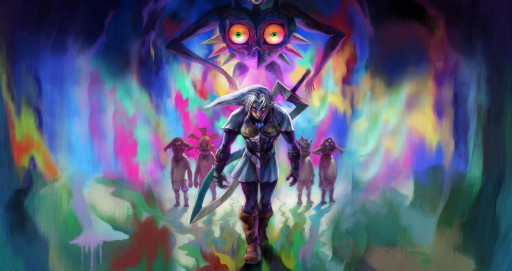
An epic battle between godlike beings
Wretched with the loneliness of his fairy companion missing after the events of Ocarina of Time, Link leaves Hyrule to pursue his personal quest to find her. Link is caught off guard when two fairies (Tatl and Tael) and Skull Kid, who’s wearing a demonic mask, knock him off Epona. Skull Kid starts rummaging through Link’s belongings and steals the Ocarina of Time.
Link wakes up from being knocked out, he immediately tries to grab the perpetrator, but Skull Kid swiftly takes off, taking Epona. While trying to catch the imp, Link falls down a (very) long hole and lands to see Skull Kid, and soon turns Link into a Deku Scrub. Link unknowingly enters the world of Termina.
Majora’s Mask was the first Gamecube Zelda. The Zelda series’ main producer, Shigeru Miyamoto intended to make it another version of Ocarina of Time.
However, Ocarina of Time’s dungeon designer and game system director, Eiji Aonuma secretly began working on entirely new dungeons. Because of this, he asked Miyamoto if they could just make a totally new Zelda game. Miyamoto was fine with it if Aonuma made the game within a year.
The most impressive part, Majora’s Mask had abundant risk and room for failure. Instead, it became one of the best games ever made. Majora’s Mask is the darkest Zelda game with its heavy themes of death, grief, mass murder, emotional turmoil, and so on.
Unlike any Zelda game, there’s a time system that spans 3 days. These 3 days signify the time Link has left to save Termina before the moon falls and crushes everyone.
The game's antagonist, Skull Kid is responsible for most of the grief across Termina, including the situation with the moon. As the game progresses, the moon eerily lowers, a physical and figurative reminder that the people of Termina are about to die. Did I mention the moon has a terrifying face?
The 3-day cycle adds something to the Zelda series I wish I could see more often. However, a lot of fans disliked the time system and felt that it made the game more difficult. In my opinion, hard doesn’t equate bad, and neither should anyone else.
Speaking of the time system, it was greatly influenced by the German movie, Run Lola Run. In the movie, a girl relives the same day over and over as she’s trying to complete the main conflict in the film. Link can relive the 3 days and prevent the moon’s destruction by playing the Song of Time on the Ocarina.
Whenever I’ve played Majora’s Mask, I start off every 3 days planning out Link’s days, which ends up feeling more rewarding when you complete all the tasks you were wanting to complete. Whenever you play the Song of Time to relive the 3 days again, Link can keep the main-quest items and masks, but all the people of Termina don’t have the same memory as you, and they forget about you all over again.
The inventory is on the 4-sided start screen, one side is dedicated to masks. Throughout the game, Link accumulates 3 transformation masks that turn him into a different race.
The game has a grand total of 24 masks – some of them are purely aesthetic, but some of them help you with agility or combat. Most of them will get you various reactions from NPCs and help you through side-quests and mainline dungeons.
Speaking of masks, a fan favorite (and mine) is the Fierce Deity mask – Link turns into a towering god with unbelievable power. As a matter of fact, they used the same model for Adult Link in Ocarina of Time for his fearsome, terrifying transformation. Unfortunately, you can only use the mask during the final boss.
The game has a surprisingly small amount of main dungeons in comparison to others in the series: 4! However, the game is still lengthy.
Majora’s Mask is all about side-quests and has the absolute best side quests in the entire series for their heart-wrenching stories and being the most fun. The most prominent side-quest in the game is the Anju & Kafei quest which is deemed one of the best side-quests in gaming history.
Gameplay
1. Ocarina of Time (1998 – Nintendo 64)

Links between time
Link experiences a nightmare about a daunting man who threatens him and a girl escaping a castle on horseback. Link is awakened from the nightmare by a fairy, Navi, who informs him that the Deku Tree has summoned him and that she’s his companion from now on.
The Deku Tree tells Link he’s about to die from a parasitic monster eating his insides and asks for his help. Link succeeds and kills the monster, but the Deku Tree tells Link that his valiant efforts weren’t enough. On the edge of death, he tells our hero that his destiny rests in legend, and his next mission is to go to Princess Zelda.
Ocarina of Time was the first 3D Zelda and is deemed by most to be the best game of all time. For its time, the game was revolutionary in the gaming industry and the Zelda series. Its successors would use its mechanics such as Z-targeting.
Speaking of Z-targeting, whenever you play a game that has you lock onto enemies, it all came from Ocarina of Time. The enhanced sounds, fully 3D environments, and sharpened graphics had never been done before. The game’s contrasting areas added to the greatness this game held – Kokiri forest is cheerful whereas the Shadow Temple is dark with blood all over the walls.
The most notable mechanic that we’d later see become a trend in later Zelda titles, is time travel. The game is divided into two polar periods – the first being Link as a child coming of age, and the second featuring Link as an adult.
When Link is a child, Hyrule is relatively peaceful. It’s filled with energetic people, lively towns, and blue skies. When Link pulls up the Master Sword in the Temple of Time, he wakes up in an ethereal dimension known as the Sacred Realm. He’s taken aback to see himself as a fully grown man and is informed by the Realm’s keeper, Rauru, that the only way Link could defeat Ganondorf was if he was older and better prepared.
When Link returns to the Temple and sees Hyrule all these years later, the people are gone, and the land has been totally ravaged. Monsters plague every corner, and the skies (depending on the location) are perpetually dark, even during the day. Link is overwhelmed by the contrast, but it only motivates him further.
The time travel system is also connected to the musical instrument, the Ocarina of Time. Given to him by Zelda, Link plays the Ocarina for a spectrum of reasons; time travel, puzzle-solving, opening doors/unlocking areas, summoning Epona, etc.
Like Majora’s Mask, the start screen is also the inventory screen. All of Link’s weapons, tunics, items, quest artifacts, and so on are in the pause subscreen. One of the biggest complaints about the subscreen is the chore of using the iron boots throughout the Water Temple, in which players will need to constantly pause the game and make Link wear or remove the iron boots a million different times. Thankfully, this was revised on the 3DS so players could equip the boots as you can in Twilight Princess.
The game’s central story was also revolutionary, showing that a game could have the best gameplay but also include the most legendary lore. The series before Ocarina of Time never fully explained how the Triforce, the Goddesses, Ganon, or any of your typical Zelda trivia, only vaguely.
Ocarina of Time delves into the creation of the world, why the Triforce exists, how it was made, how different races and cultures came to be, past wars in Hyrule’s bloody history, and so on. You also get a better grasp of why Link, Zelda, and Ganondorf are always connected through generations.
There’s a total of 12 dungeons throughout the game. Like any other Zelda game, all the dungeons have distinct themes in correlation to their location and lore.
Because Ocarina of Time became the most revered of Zelda games, it received numerous remasters and ports, most notably Master Quest and the 3DS port. Playing Ocarina of Time is fulfilling to an indescribable degree, and like many others, I’m glad it was my first video game.
Gameplay

